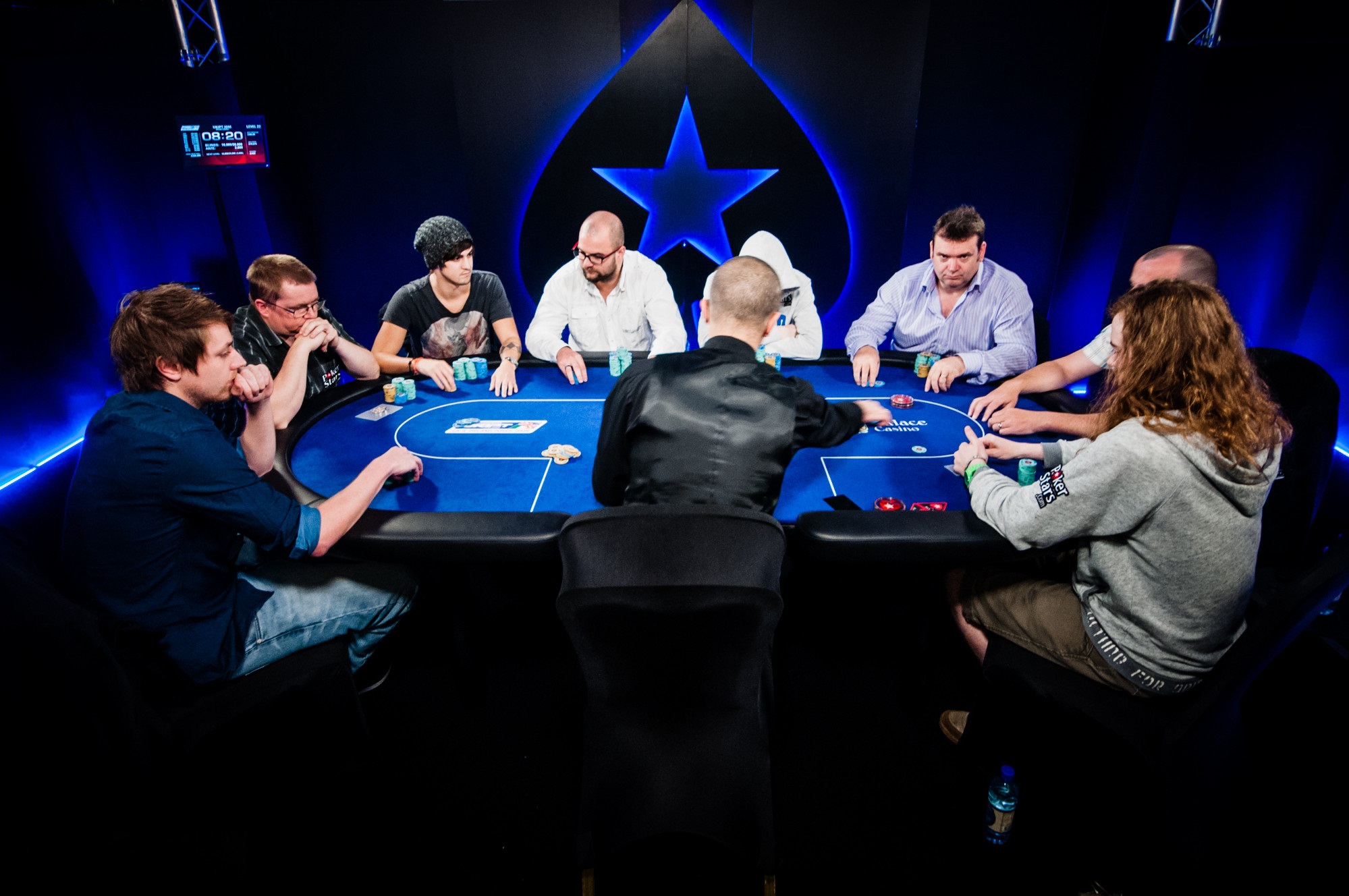Planning to bring the thrill of poker tournaments into the comfort of your home? Hosting a home poker tournament can be a fantastic way to gather friends, enjoy some competition, and create a casino-like experience without leaving the house. Plus, you have full control over the setup, rules, and guest list, which can eliminate the frustration of dealing with unpleasant players you might encounter at a casino.
Here’s a comprehensive guide to help you organize a smooth and enjoyable poker night at home.

1. Start with the Guest List
Before diving into logistics, decide who will be invited. This is key to ensuring you have the right number of players and the right vibe for your tournament.
- Casual vs. Competitive: Will it be a friendly game among amateurs, or are you inviting seasoned players? Tailor the format and stakes accordingly.
- Space Considerations: Make sure you have enough room to comfortably seat everyone. If you plan on running multiple tables, ensure there’s space for movement and additional gear.
- Pick a Date: Choose a night that works for most of your invitees. While it’s impossible to please everyone, aim for a date that accommodates the majority.
2. Gather the Right Equipment
Having the proper setup is essential for a successful poker night. Here’s what you’ll need:
Poker Tables
Invest in at least one decent poker table or a table topper. A good poker table seats 8–9 players comfortably. While high-end tables can be pricey, budget-friendly options are available. If this is a casual event, even a sturdy dining table with a felt cover will suffice.
Decks of Cards
Stock up on high-quality playing cards. Avoid cheap, flimsy decks that are hard to shuffle and read. Make sure you have enough decks to accommodate multiple tables if needed.
Poker Chips
A good set of poker chips adds authenticity to your tournament. You can choose between plastic chips (budget-friendly) or ceramic composite chips (higher quality). If you’re planning regular games, investing in better chips is worth it.
3. Food and Drinks
To keep the energy up, have some refreshments available.
- Drinks: Stock up on water, soda, and possibly alcoholic beverages if appropriate. Ensure everyone stays hydrated.
- Snacks: Provide light snacks like nuts or pretzels, avoiding greasy foods that could ruin cards and chips. For players who bust out early, consider offering pizza or heartier options in a separate area.
4. Choose the Poker Game
The type of poker game you host will shape the experience.
- Texas Hold’em: The most popular option and a crowd favorite. It’s easy to learn and attracts a wide range of players.
- Pot Limit Omaha (PLO): Great for experienced players, though it may not draw as many participants as Hold’em.
- Seven Card Stud: A less common option, but it could add variety if your group is open to trying something different.
Discuss with your invitees ahead of time to gauge interest and settle on a game that suits the group.
5. Decide on Dealers
You have two options for dealing:
- Player-Dealer Rotation: The player in the dealer position (the button) handles the cards. This is common for casual games.
- Dedicated Dealers: For a more professional feel, you can hire or invite friends to act as dealers. Offer food, drinks, or small compensation if they’re volunteering. Avoid advertising for dealers, as hosting paid games might be legally questionable in some areas.
6. Set the Buy-In and Payout Structure
The buy-in amount should reflect the skill level and budget of your players. Casual games often have buy-ins between $10 and $25, while more competitive games may require higher stakes.
Which Roulette Bet Should You Choose?
Here’s a sample payout structure:
- 7–13 Players
- 1st: 50%
- 2nd: 30%
- 3rd: 20%
- 14–19 Players
- 1st: 40%
- 2nd: 30%
- 3rd: 20%
- 4th: 10%
- 20+ Players
- 1st: 40%
- 2nd: 20%
- 3rd: 15%
- 4th: 13%
- 5th: 12%
Adjust the structure to suit your group, but remember to confirm it with players before the tournament starts.
7. Determine Starting Stacks and Blind Levels
Every player begins with a set number of chips, and the blinds gradually increase as the tournament progresses.
Here’s a basic example for chip denominations:
- 2/5 Blinds
- White: $1
- Red: $5
- Blue: $10
- Green: $25
- 5/10 Blinds
- Red: $5
- Blue: $10
- Green: $25
- Black: $100
The blinds should increase on a regular schedule (e.g., every 15–20 minutes) to keep the game moving.
8. Understand Legal Considerations
Check your local laws regarding home poker games. In many regions, collecting a rake (a percentage of the pot) is illegal unless you’re licensed. However, asking for a small fee to cover food, drinks, and equipment is generally acceptable.
Final Thoughts
Hosting a poker tournament at home can be a rewarding experience for you and your guests. By preparing the right equipment, creating a welcoming atmosphere, and establishing clear rules, you’ll ensure a successful event. Whether it’s a casual gathering or a high-stakes showdown, the key is to keep it fun and engaging for everyone.
Now, grab your cards, shuffle up, and deal!
